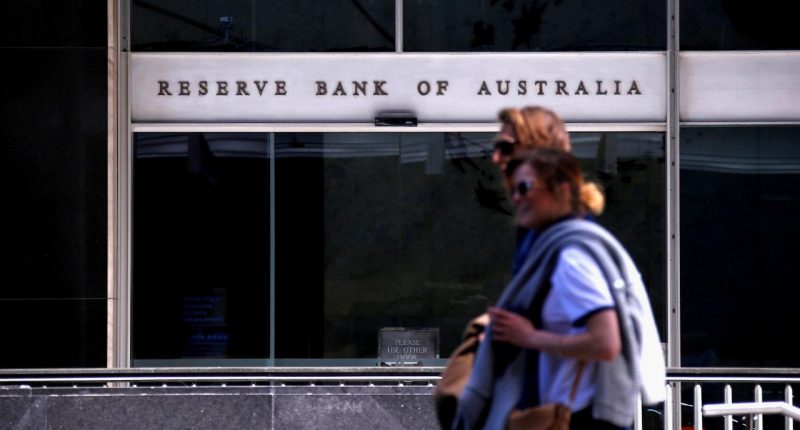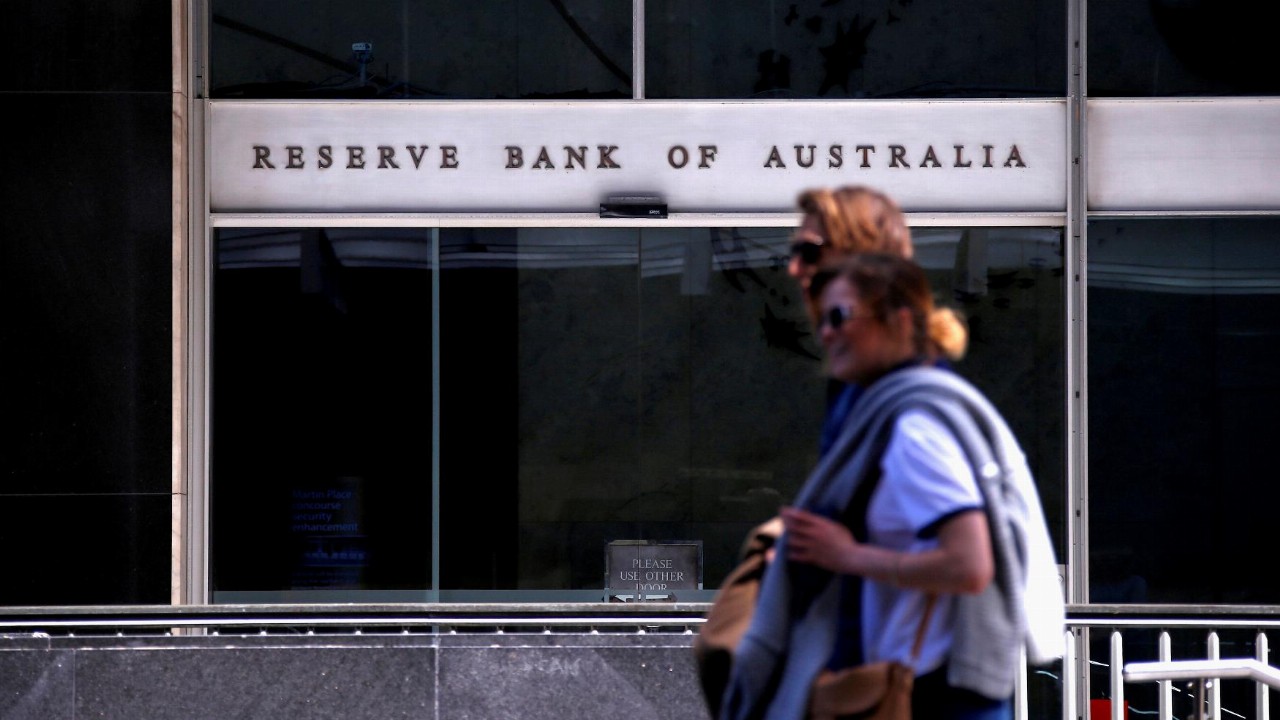- The RBA says absorbing spare labour market capacity and achieving full employment are national priorities
- Australia’s unemployment rate has beaten expectations by sliding to pre-pandemic levels of 5.1 per cent
- However, that rate will need to fall to four per cent to generate wage and inflation pressures
- As a result, the RBA will maintain its supportive monetary policies to help achieve its employment and inflation goals
A senior official at the Reserve Bank of Australia (RBA) said on Wednesday that absorbing spare labour market capacity and achieving full employment are key national priorities.
While the country’s unemployment rate has beaten expectations by sliding to pre-pandemic levels of 5.1 per cent, the RBA estimates that the rate will need to fall further to around four per cent in order to generate wage and inflation pressures.
“Full employment is a worthy goal for its own sake, given how important jobs and income are for people’s welfare,” RBA Assistant Governor Luci Ellis said in a speech.
“It is also a precondition for achieving the rates of wages growth that would be consistent with inflation being sustainably within the [two to three per cent] target range that the Bank is mandated to achieve.”
Ellis added that the RBA Board is committed to maintaining its supportive monetary policies to help achieve its employment and inflation goals.
Inflation has consistently fallen short of the RBA’s target band for more than five years, with the Bank’s own estimates showing that underlying measures are unlikely to reach the mid-point of the range until at least mid-2023.
As a result, the RBA has said it will not raise interest rates from the current 0.1 per cent until actual inflation is sustainably within its target band.
Ellis also noted that another reason to support demand was to help bolster structural changes that might be needed in a world post-COVID.
“To the extent that the post-pandemic world is indeed different from the pre-pandemic one, a robust recovery and expansion can smooth the transition,” Ellis said.
“For all these reasons, the Board remains committed to maintaining highly supporting monetary conditions. The aim of these policy settings is to support a return to full employment and inflation consistent with the target.”







